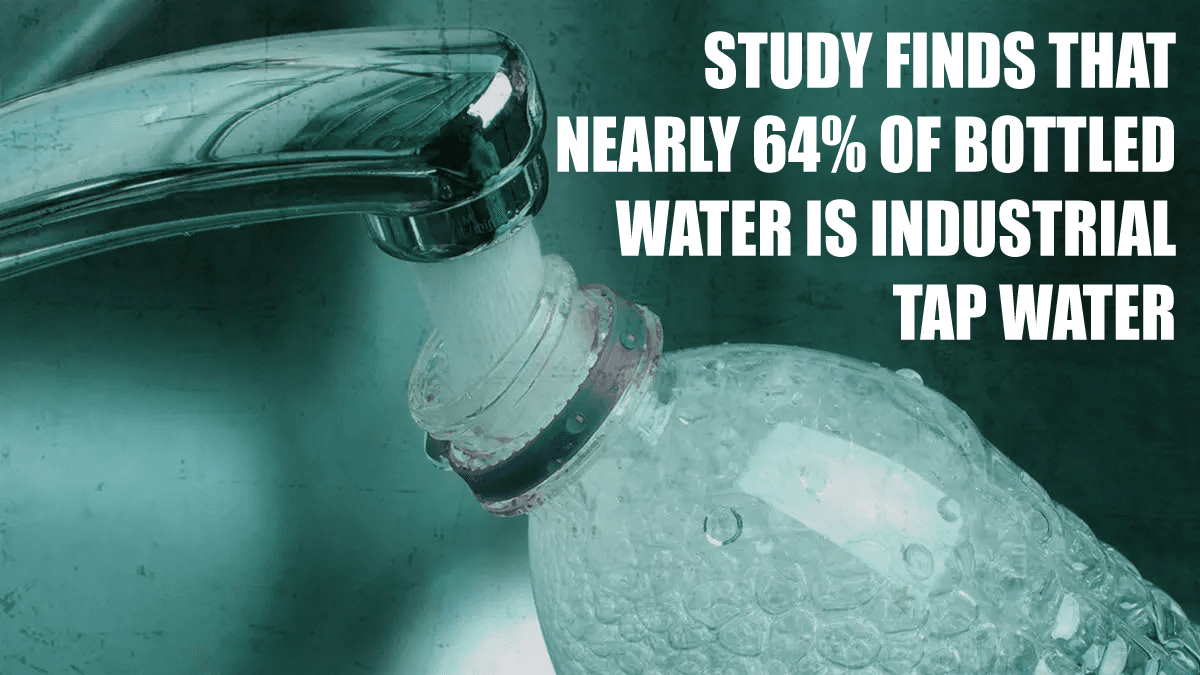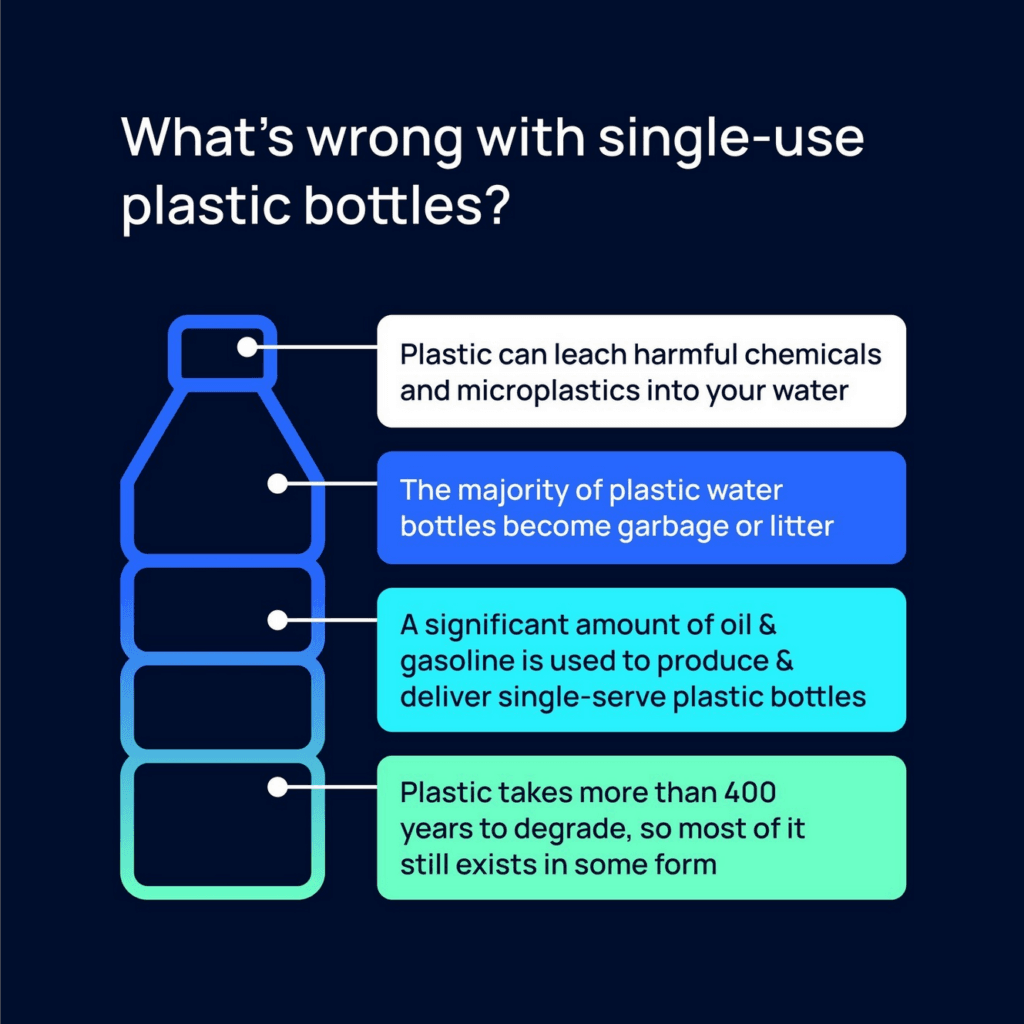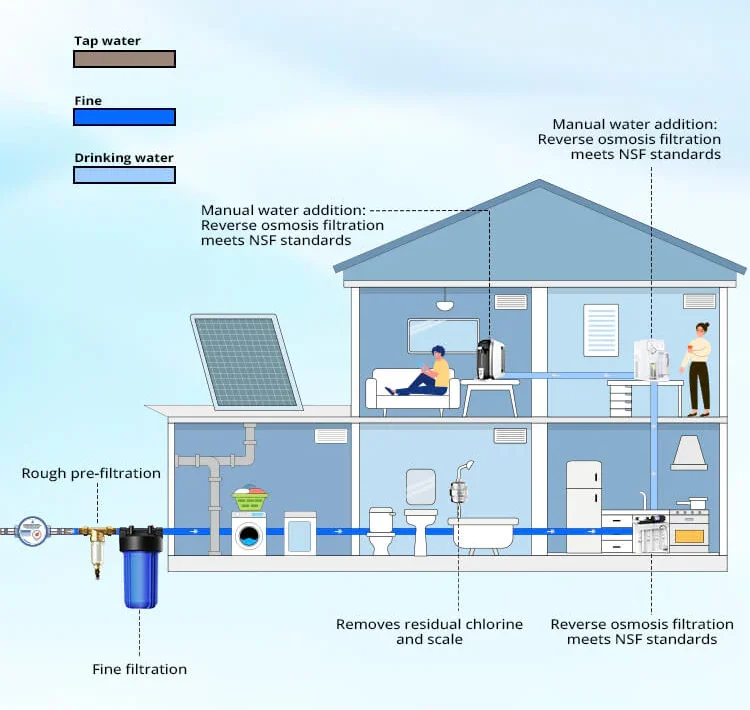In a world saturated with marketing messages promising purity and refreshment, the humble bottle of water holds a seemingly uncontroversial place. It’s the go-to for hydration on the go, a staple in grocery aisles, and a ubiquitous presence in our daily lives. But beneath the glossy labels and pristine imagery lies a truth that many consumers might find unsettling: a significant portion of the bottled water we buy is essentially treated tap water, the very same water that flows from our faucets at home.
This revelation often sparks a mix of surprise, frustration, and even a sense of being misled. After all, why pay a premium for something readily available at a fraction of the cost? To understand this phenomenon, we need to delve into the complexities of the bottled water industry, the regulations that govern it, and the implications for our wallets and the environment.
The Sources Revealed: Where Does Bottled Water Really Come From?
Bottled water doesn’t originate from a single, mystical source. Its origins are diverse, ranging from natural springs and wells to, yes, municipal water supplies. The International Bottled Water Association (IBWA), a trade group representing the industry, acknowledges these various sources. Their definitions include:
- Spring Water: Water derived from an underground formation from which water flows naturally to the surface of the earth.
- Well Water: Water from a well that taps into an underground aquifer.
- Purified Water: Water that has been treated by processes such as distillation, deionization, reverse osmosis, or filtration to meet specific purity standards. This category is where treated tap water often falls.
- Mineral Water: Water containing not less than 250 parts per million total dissolved solids (minerals) from a geologically protected underground water source.
It’s the “purified water” category that raises eyebrows. Many popular bottled water brands source their water from municipal systems, essentially the same tap water that supplies homes and businesses. This water then undergoes various treatment processes to remove chlorine, sediment, and other potential contaminants. While these processes can indeed improve the taste and odor, the fundamental source remains the same as what you can get from your kitchen tap.
The Treatment Processes: Is Bottled Tap Water Any Different?
The treatment methods employed by bottled water companies can vary. Some use simple filtration, while others utilize more advanced techniques like reverse osmosis, which removes a vast majority of impurities, including minerals. Distillation, another common method, involves boiling the water and collecting the condensed steam, leaving behind impurities.
While these treatments can result in highly purified water, it’s important to note that municipal water systems in many developed countries also adhere to strict quality standards and undergo their own rigorous treatment processes, including filtration, disinfection (often with chlorine or chloramine), and testing for a wide range of contaminants.
The key difference often lies in the specific treatment methods used and the final level of purity achieved. Bottled water companies may employ additional steps to further refine the taste and remove any lingering disinfectant byproducts. However, whether these additional steps justify the significant price difference is a question consumers should consider.
The Marketing Magic: Selling the Illusion of Purity
The success of the bottled water industry relies heavily on effective marketing that often cultivates an image of pristine natural sources and superior purity. Words like “glacial,” “spring,” and “natural” evoke a sense of untouched wilderness and inherent health benefits. These messages can subtly (or not so subtly) imply that bottled water is inherently cleaner and healthier than tap water.
Clever branding, sleek bottle designs, and celebrity endorsements further contribute to this perception. Consumers, bombarded with these messages, may be more inclined to reach for a bottle of water, believing they are making a healthier or safer choice.
However, it’s crucial to look beyond the marketing hype and examine the actual sources and treatment processes. While some bottled water does indeed come from natural springs and may offer a unique mineral composition and taste, a significant portion is simply treated tap water repackaged and sold at a substantial markup.
The Regulatory Landscape: Holding the Industry Accountable?
The bottled water industry is subject to regulations, primarily overseen by the Food and Drug Administration (FDA) in the United States. These regulations cover aspects like source water quality, treatment processes, labeling, and testing for contaminants. Bottled water must meet specific standards for various substances, and these standards are often similar to, or in some cases less stringent than, the regulations governing public drinking water systems set by the Environmental Protection Agency (EPA).
One of the key areas of contention is labeling transparency. While bottled water companies are required to identify the source of their water (e.g., spring, well, municipal), the level of detail provided can vary. It’s not always immediately clear to consumers whether they are purchasing water from a pristine mountain spring or treated tap water from their local municipality.
Consumer advocacy groups have often called for greater transparency in bottled water labeling, urging companies to clearly indicate the source of their water and the treatment methods used. This would empower consumers to make more informed choices based on factual information rather than marketing rhetoric.
The Environmental Impact: A Heavy Price to Pay for Convenience
Beyond the question of whether bottled water is worth the cost, its environmental impact is a significant concern. The production, transportation, and disposal of billions of single-use plastic bottles contribute to a range of environmental problems:
- Plastic Waste: The vast majority of plastic water bottles end up in landfills or as litter in our natural environment, including oceans. Plastic takes hundreds of years to decompose, and in the process, it can break down into microplastics that can harm wildlife and potentially enter the food chain.
- Carbon Footprint: The manufacturing of plastic bottles requires significant energy, often derived from fossil fuels, contributing to greenhouse gas emissions. Transportation of bottled water over long distances further adds to its carbon footprint.
- Resource Depletion: The extraction of raw materials for plastic production and the sourcing of water for bottling can strain natural resources.
Choosing tap water, especially when filtered at home using a reusable bottle, offers a significantly more sustainable alternative, reducing plastic waste and minimizing our environmental footprint.
The Cost Factor: Paying a Premium for the Same Source?
The price difference between bottled water and tap water is staggering. Bottled water can cost hundreds or even thousands of times more per gallon than tap water. When a significant portion of bottled water is essentially treated tap water, consumers are paying a hefty premium for the convenience of a plastic bottle and the associated marketing.
Investing in a good quality reusable water bottle and, if desired, a home water filter can provide access to clean and refreshing water at a fraction of the cost of bottled water. Over time, the savings can be substantial.
Making Informed Choices: Empowering the Consumer
So, what can consumers do to navigate the world of bottled water and make more informed choices?
- Read the Label Carefully: Look for information about the source of the water and the treatment methods used. Be wary of vague or overly generic descriptions.
- Consider the Source: If the label indicates “purified water,” it’s highly likely that the water originated from a municipal source.
- Understand Treatment Processes: Research the different treatment methods used and their potential impact on water quality and mineral content.
- Weigh the Convenience Against the Cost and Environmental Impact: Consider whether the convenience of bottled water outweighs the significant financial and environmental costs.
- Embrace Tap Water: In many developed countries, tap water is safe and meets stringent quality standards. Consider using a reusable bottle and filtering your tap water at home if you have concerns about taste or specific contaminants.
- Support Transparency: Encourage bottled water companies to provide clear and comprehensive information about their sources and treatment methods.
The Truth Beneath the Surface
The reality that tap water is often the source of bottled water might come as a surprise to many. While the treatment processes employed by bottled water companies can enhance purity and taste, the fundamental origin remains the same water that flows from our taps. Consumers are often paying a significant premium, not necessarily for a vastly superior product, but for convenience, packaging, and marketing.
By understanding the sources, treatment processes, and regulatory landscape of the bottled water industry, consumers can make more informed decisions about their hydration choices. Embracing tap water, especially when used with reusable bottles and home filtration, offers a cost-effective, sustainable, and often equally healthy alternative to bottled water, ultimately revealing the truth that sometimes, the best water is indeed right under our noses.



